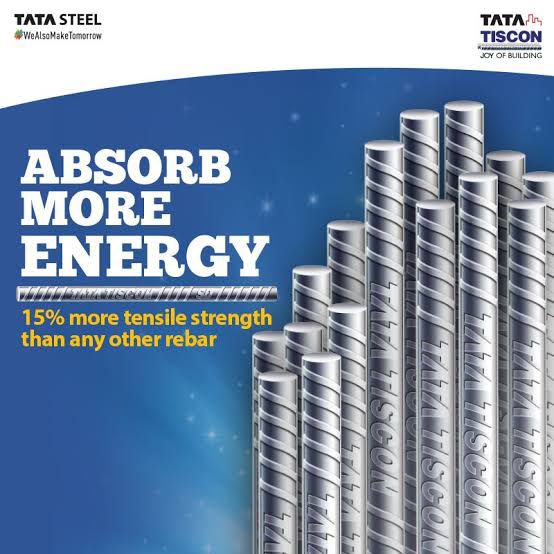ENHANCING CONSTRUCTION VISUALIZATION WITH VR AND AR
Enhancing Construction Visualization with VR and AR
In the ever-evolving world of construction and architecture, technology continues to play a pivotal role in transforming the way we design, plan, and execute projects. Among the latest advancements, Virtual Reality (VR) and Augmented Reality (AR) have emerged as game-changers, revolutionizing the construction industry by enhancing visualization and improving communication throughout the project lifecycle.
Understanding VR and AR in Construction
Virtual Reality involves creating a simulated environment that users can interact with using specialized VR headsets or devices. This technology immerses users into a digital environment, enabling them to experience a three-dimensional representation of a construction project. On the other hand, Augmented Reality overlays digital elements onto the real world, usually viewed through smartphones or AR glasses, allowing users to interact with both physical and digital objects simultaneously.
Benefits for Construction Visualization
The integration of VR and AR in construction visualization brings forth a multitude of benefits that positively impact various stages of a project.
1. Design and Planning: Architects and engineers can now translate their designs into immersive VR environments. This enables stakeholders to explore the design comprehensively, identify potential flaws, and make informed decisions early in the process. AR comes in handy during site surveys, as it allows real-time overlays of digital plans onto the physical site, aiding accuracy in measurements and placements.
2. Client Engagement: VR and AR provide clients with a remarkable opportunity to truly visualize the end product. Instead of relying on blueprints and renderings, clients can “walk through” the project using VR, or see a finished structure overlaid onto the construction site using AR. This enhances client satisfaction by ensuring everyone is on the same page regarding design and expectations.
3. On-Site Implementation: During construction, AR can act as a guiding tool for workers. For instance, by wearing AR glasses, construction workers can see digital annotations and instructions overlaid onto their field of view. This assists in tasks like precise equipment placement and adherence to plans, reducing errors and increasing efficiency.
4. Training and Safety: VR and AR facilitate immersive training sessions for construction workers. VR can simulate various scenarios, allowing workers to practice complex tasks in a controlled environment. AR can also enhance safety by highlighting potential hazards on-site in real time, reducing accidents and improving overall worksite safety.
5. Project Collaboration: VR and AR transcend geographical barriers, enabling stakeholders from different locations to collaborate effectively. Design reviews, project updates, and decision-making processes become more interactive and accurate as participants can visualize the project collectively, regardless of their physical location.
Challenges and Future Prospects
While the benefits are undeniable, integrating VR and AR into construction comes with challenges. Initial costs, technological adoption, and data management are some hurdles that need to be addressed. However, as technology advances and costs decrease, these challenges are expected to lessen.
The future prospects for VR and AR in construction are promising. As hardware becomes more accessible and software becomes more sophisticated, these technologies will likely become standard tools in the industry. The potential for real-time project monitoring, remote collaboration, and even more advanced simulations is vast.
In Conclusion
Virtual Reality and Augmented Reality are reshaping the construction industry’s visualization capabilities. By providing immersive experiences, improving collaboration, and enhancing safety, these technologies are ushering in a new era of construction where digital and physical worlds seamlessly merge. As the construction industry continues to embrace these innovations, projects are likely to become more efficient, accurate, and ultimately, successful.


